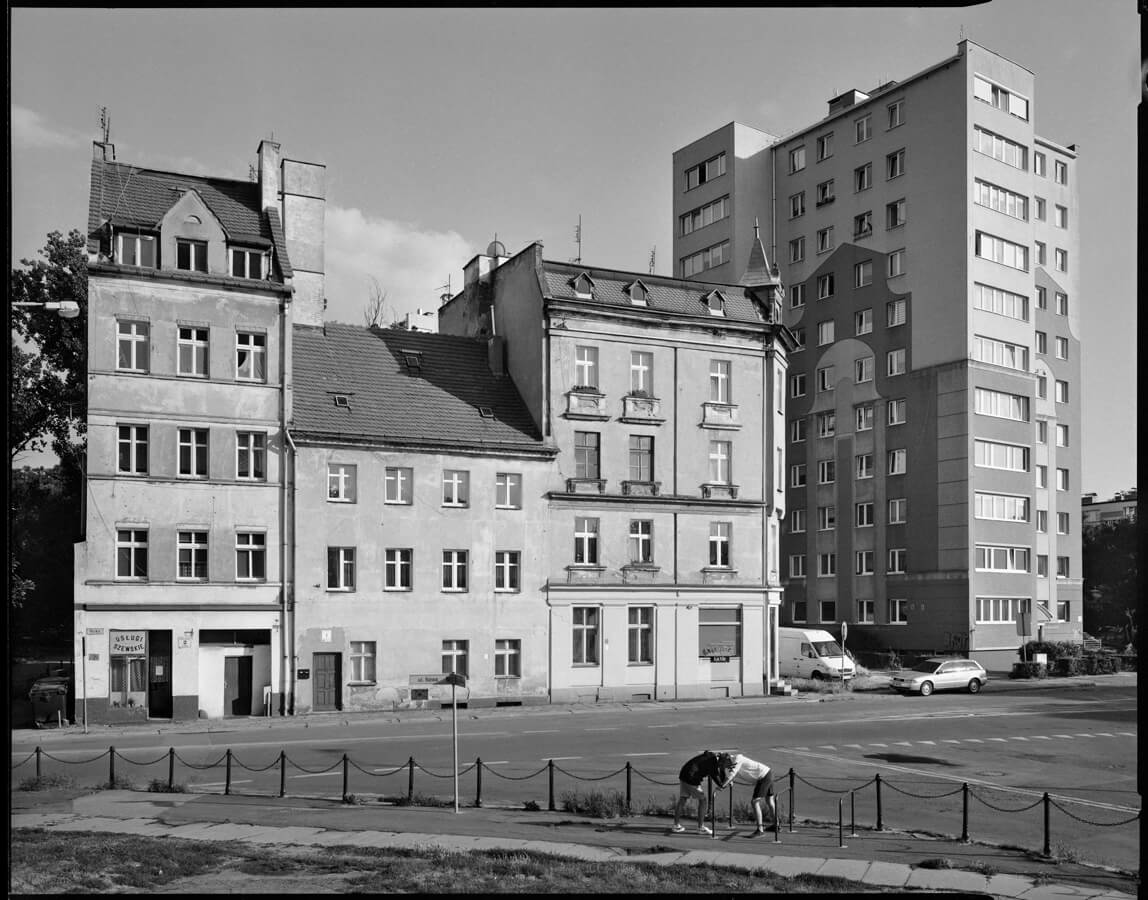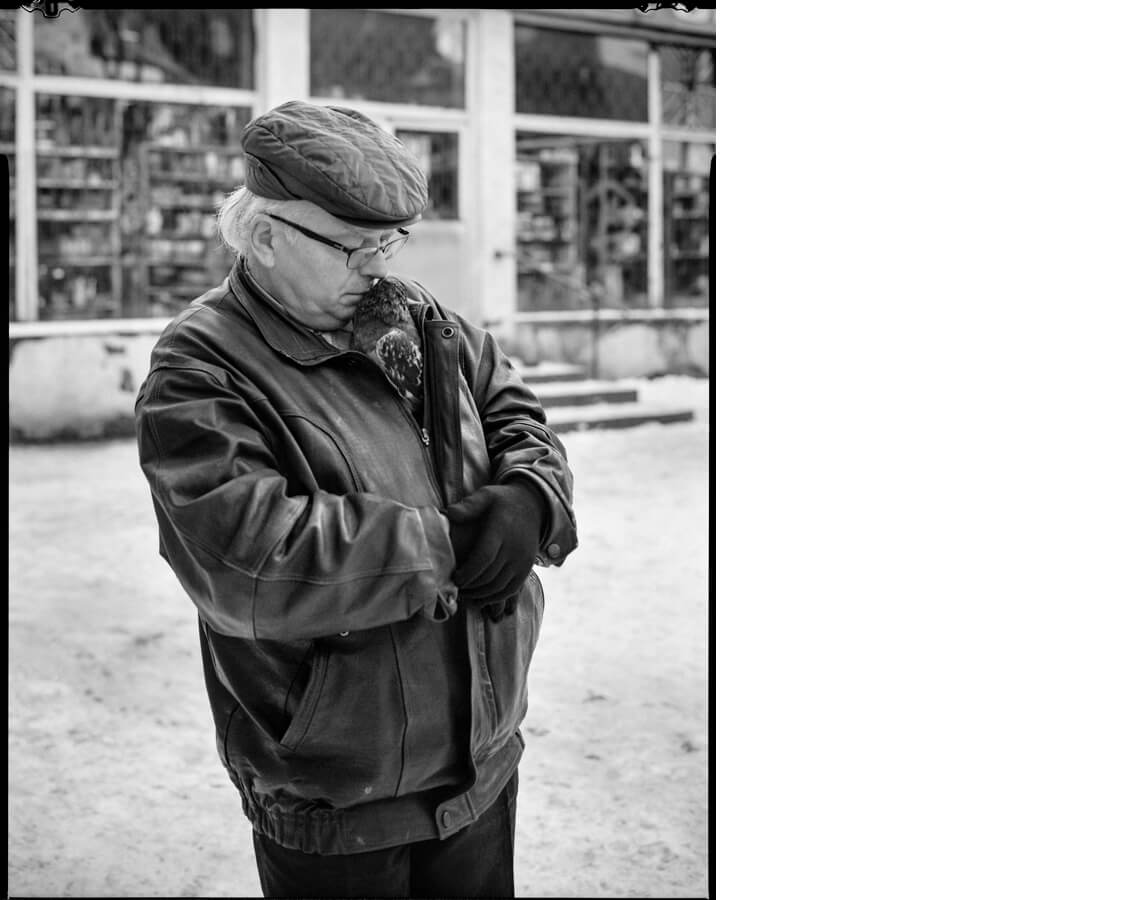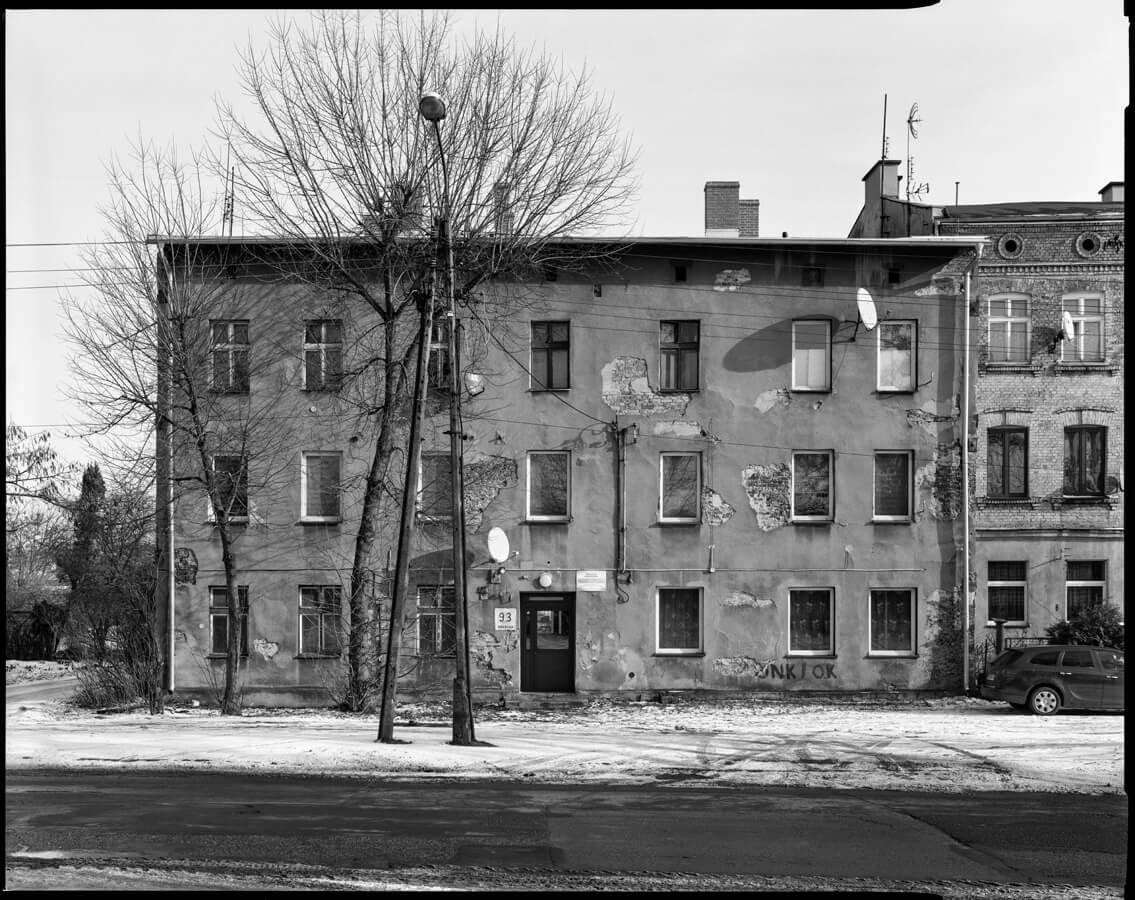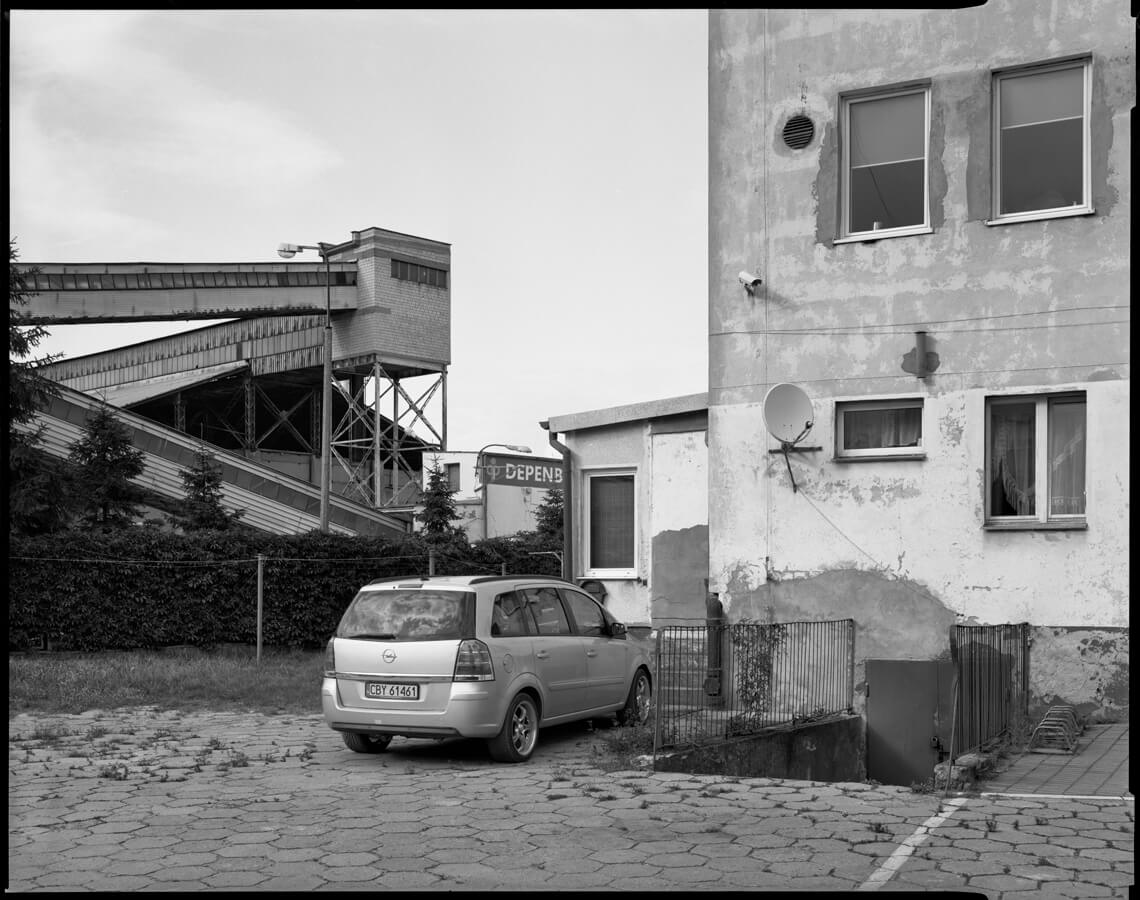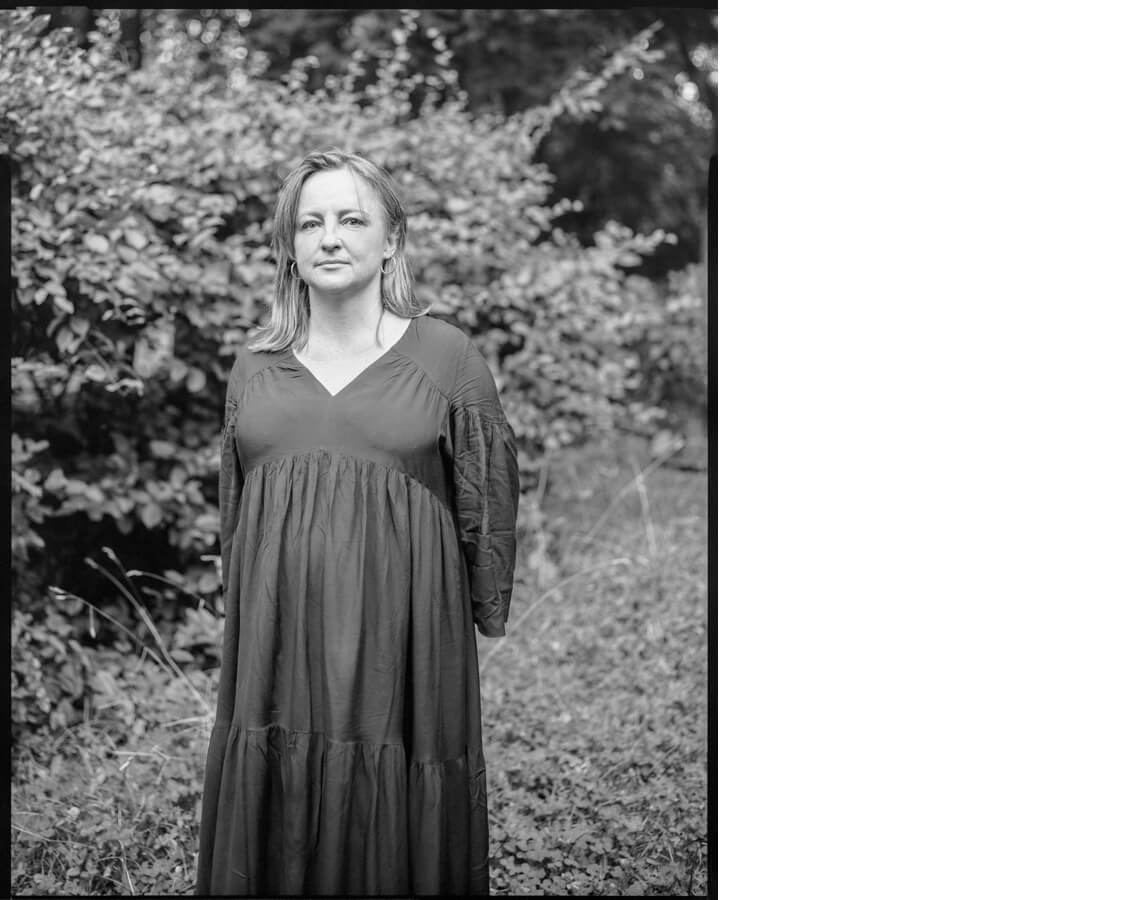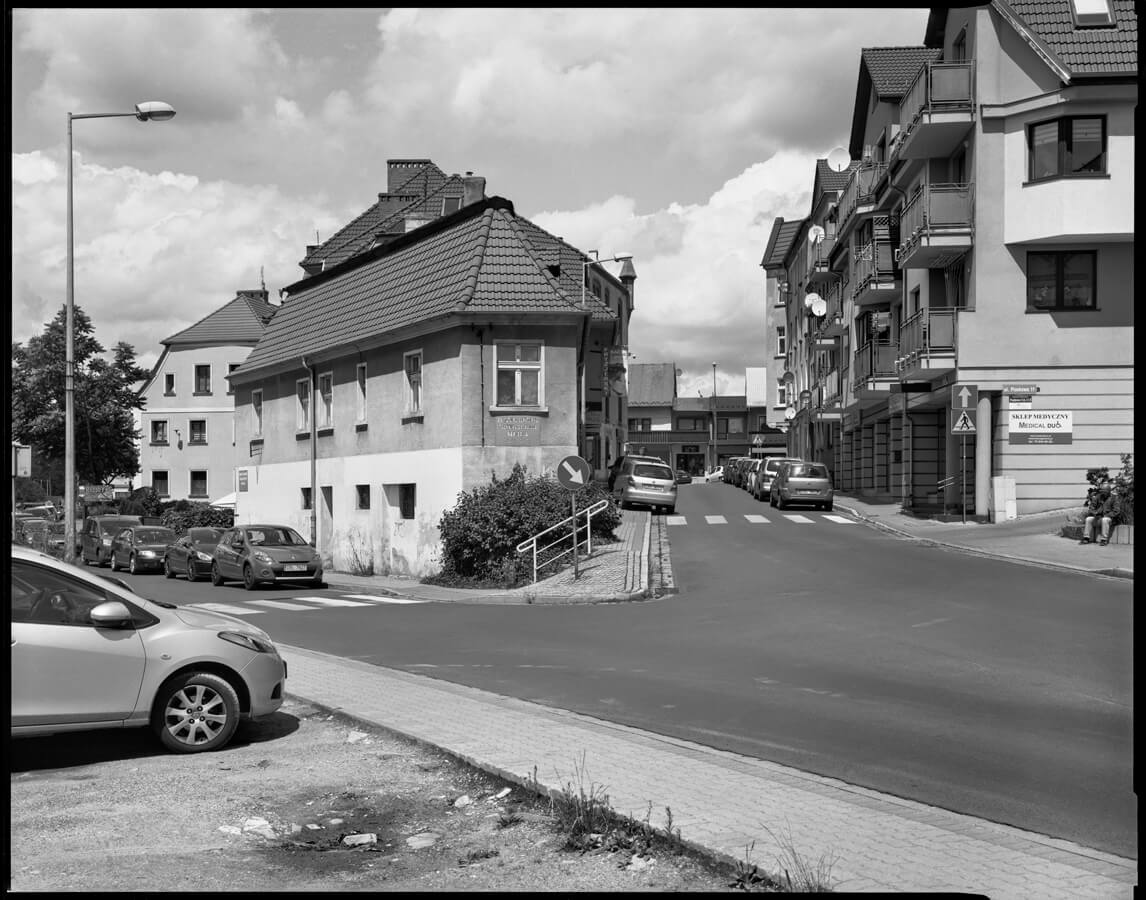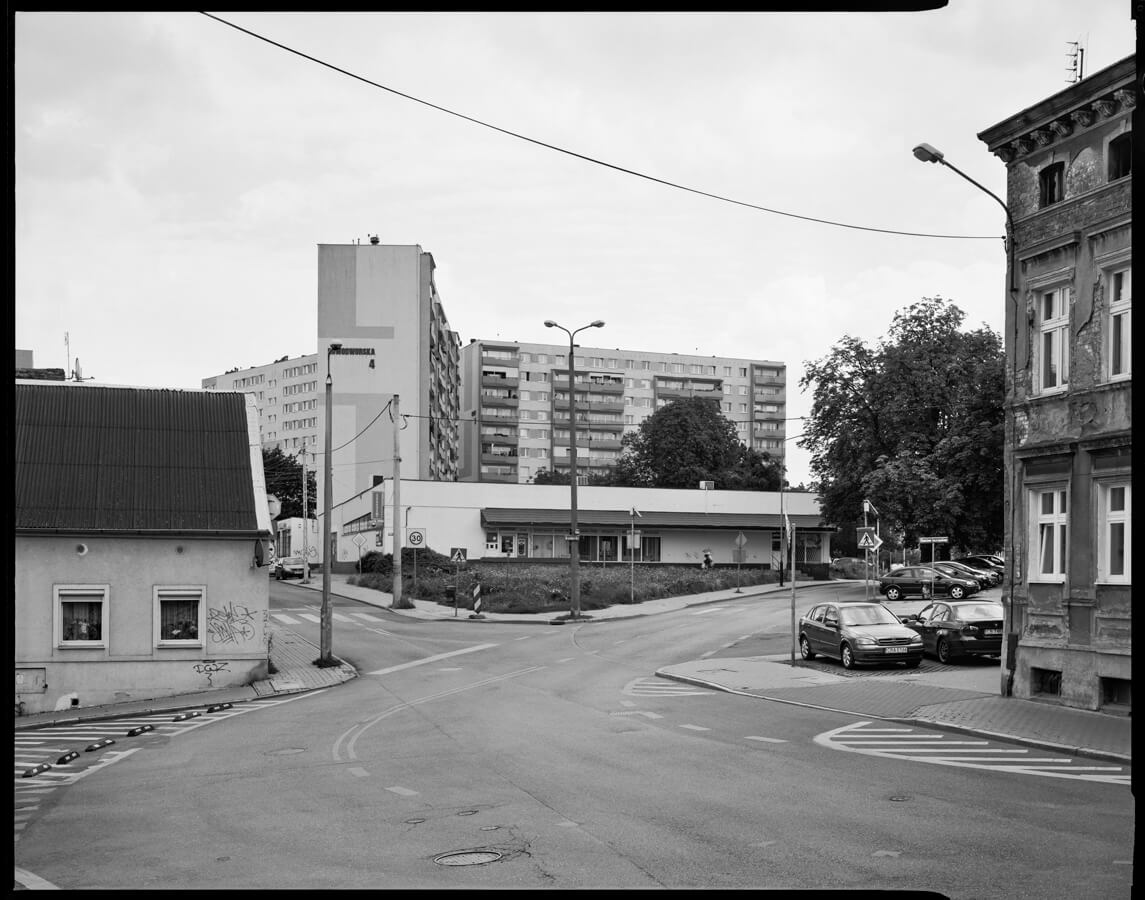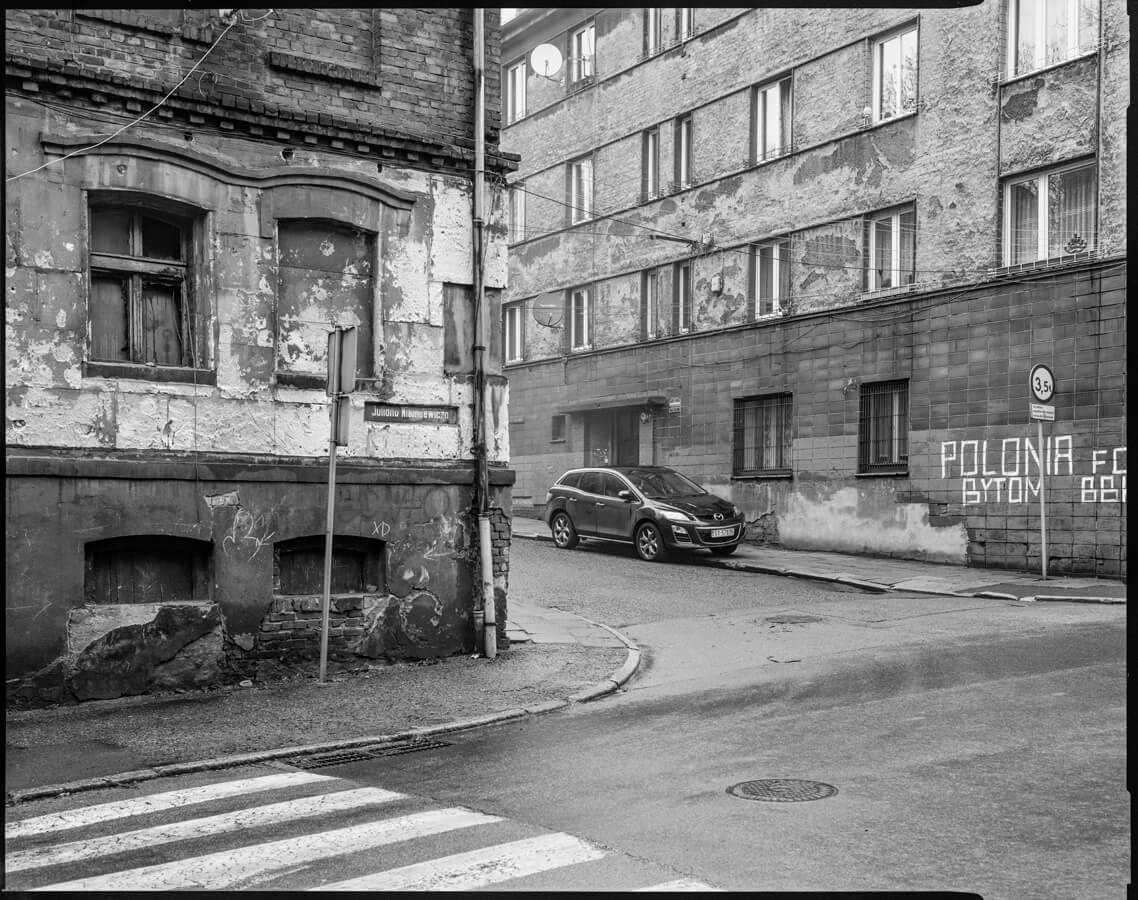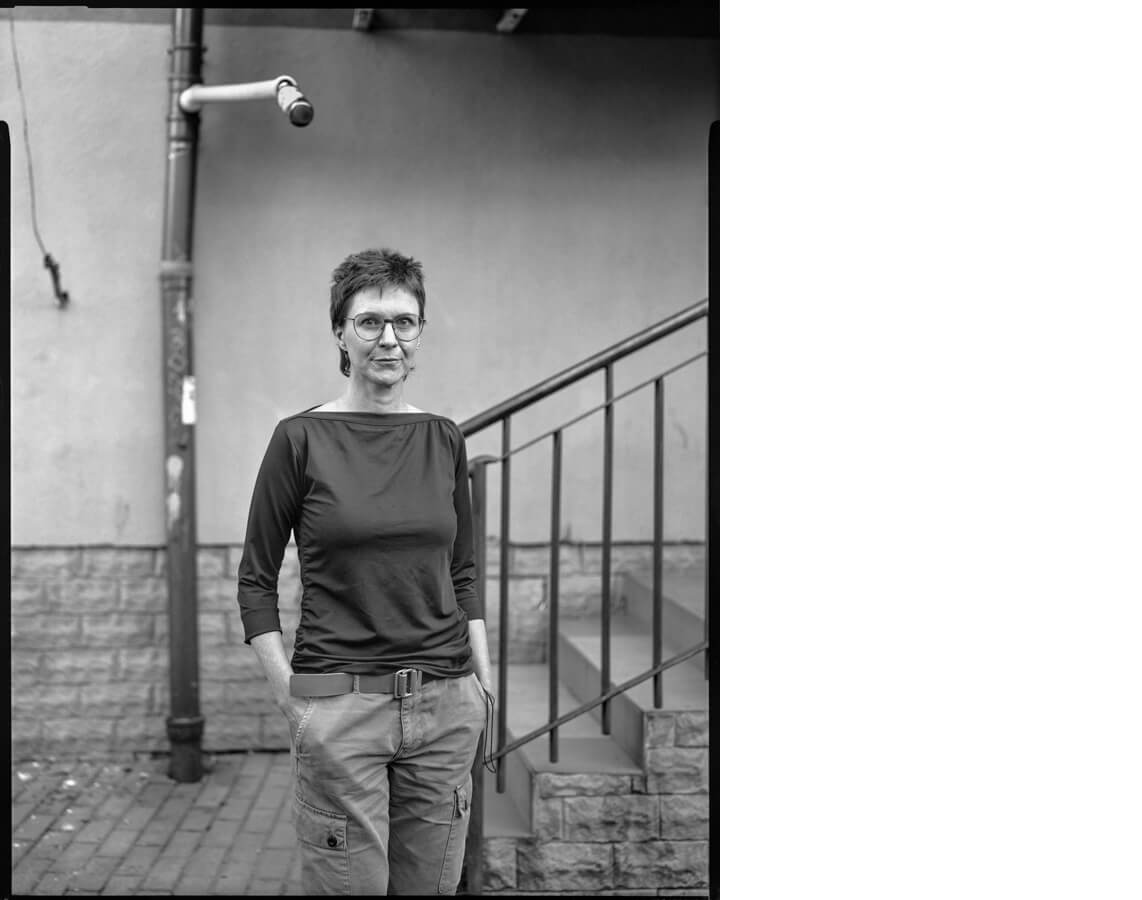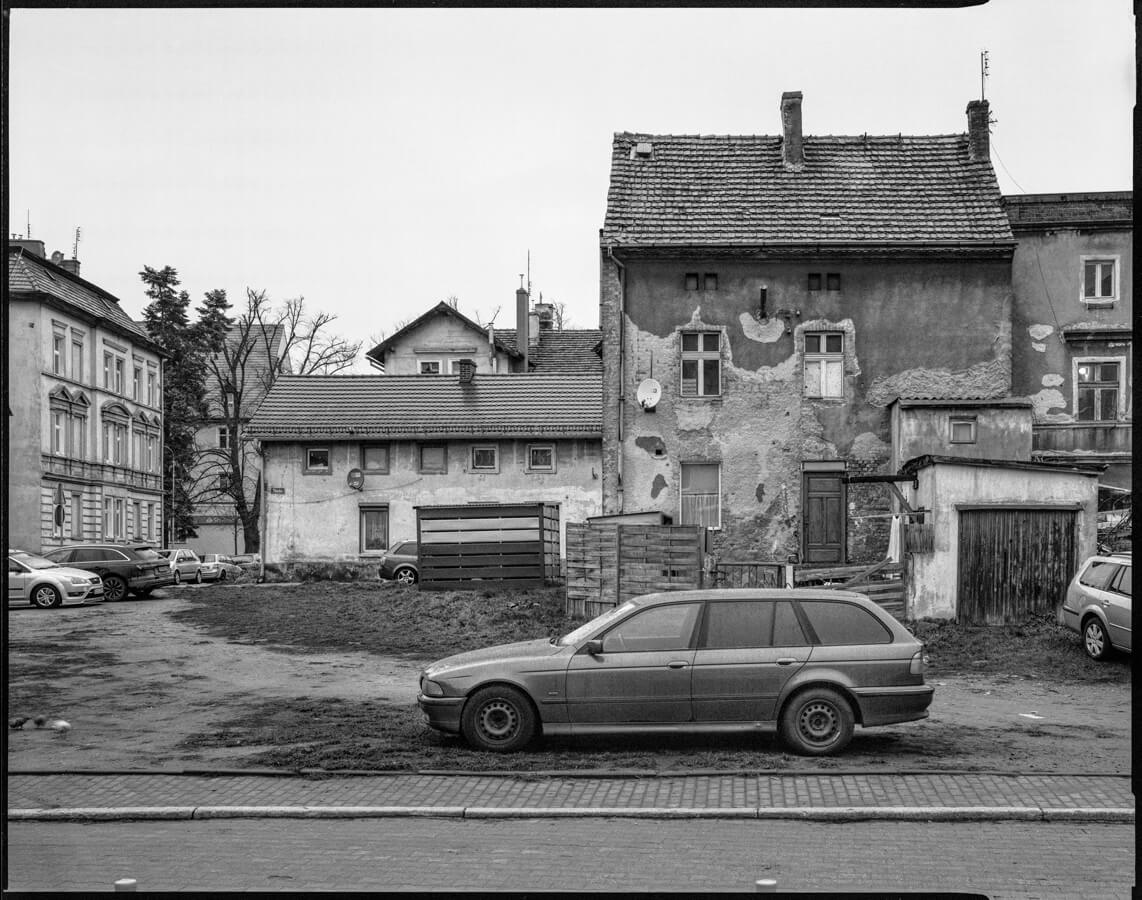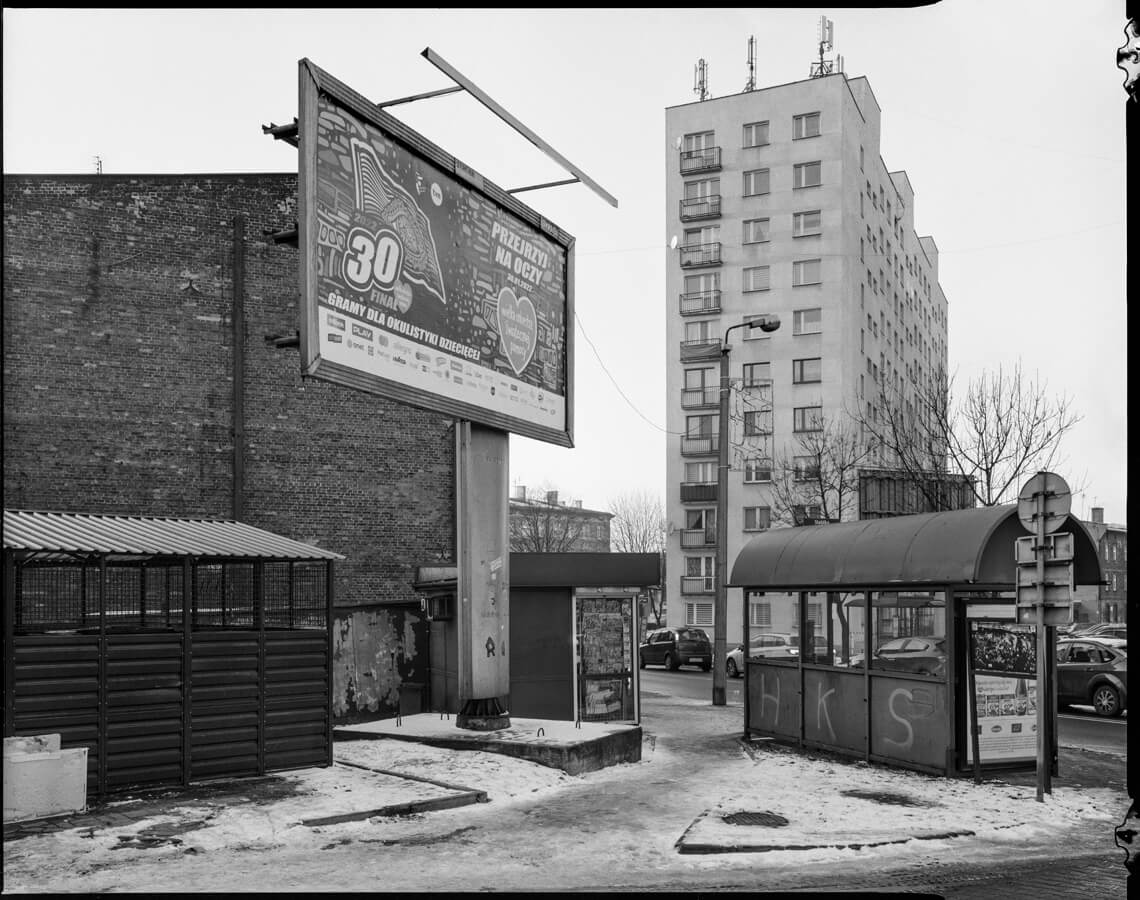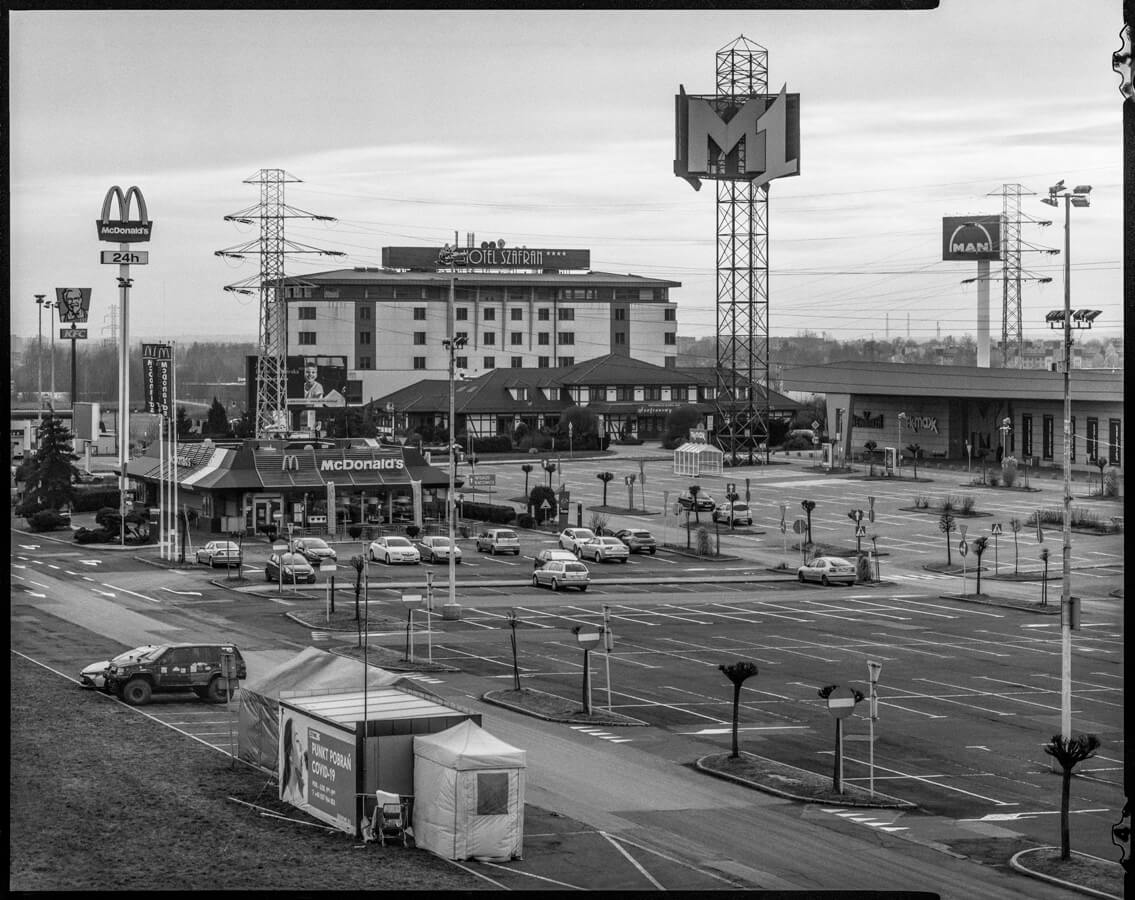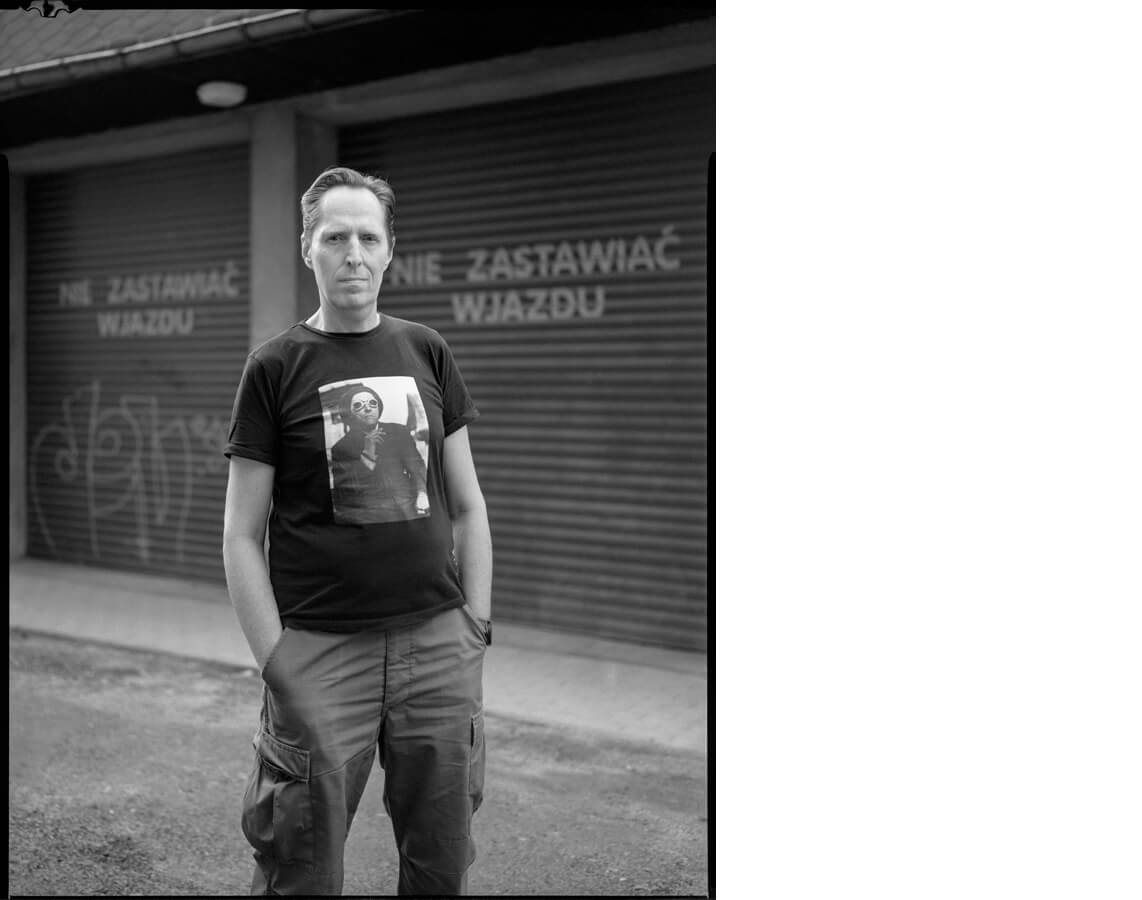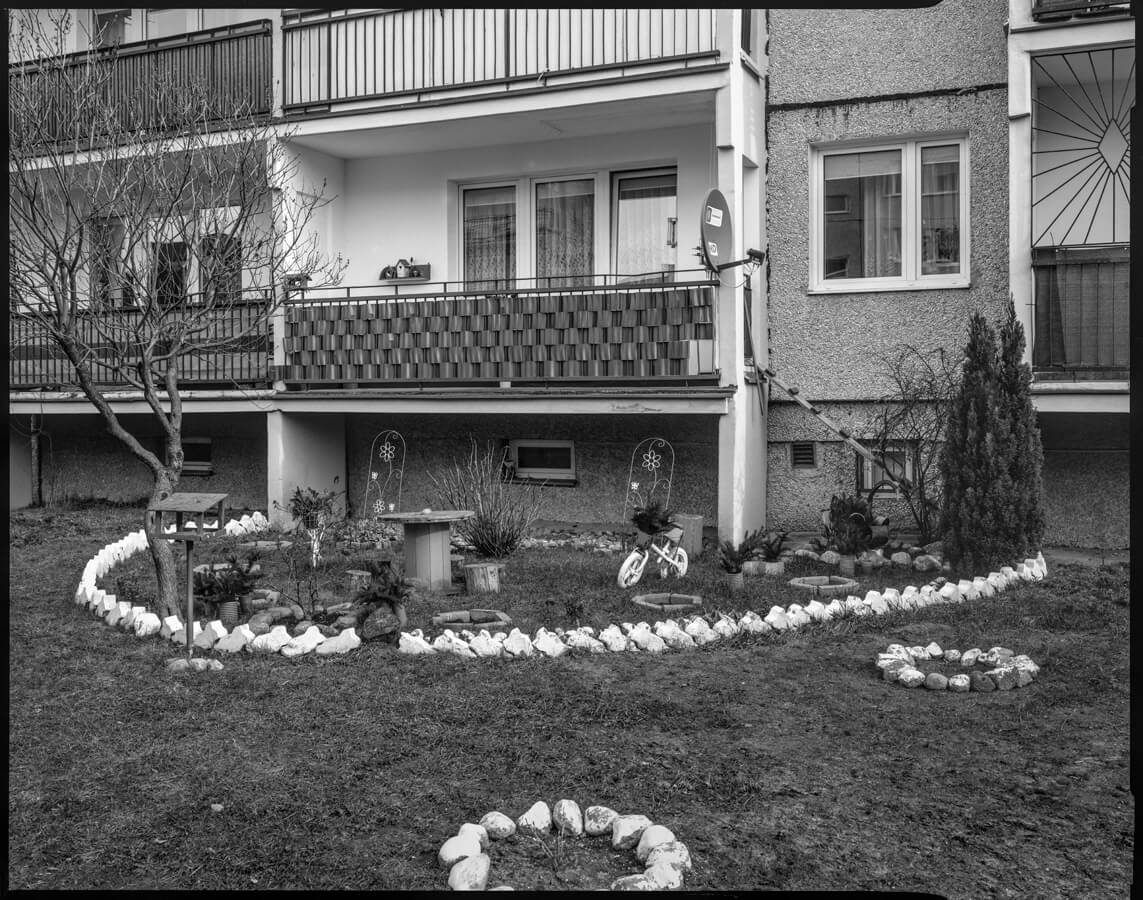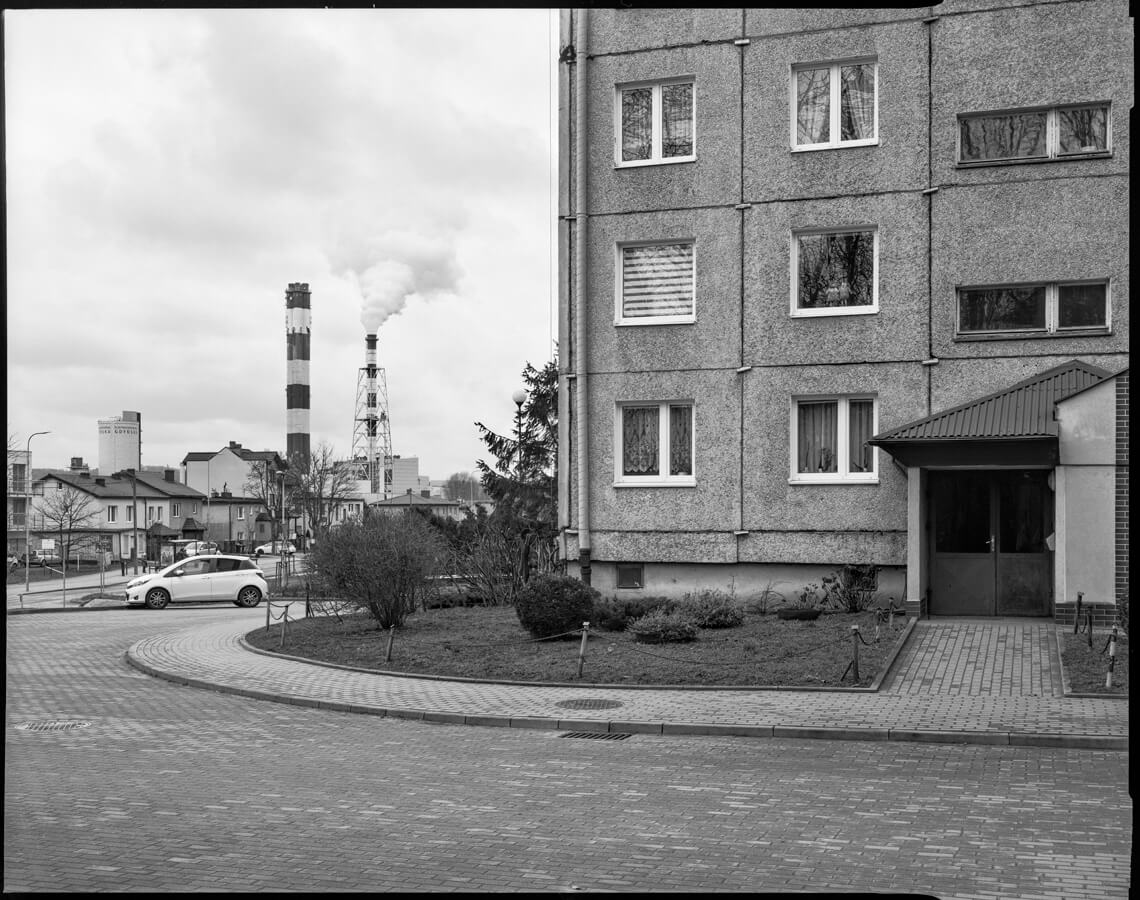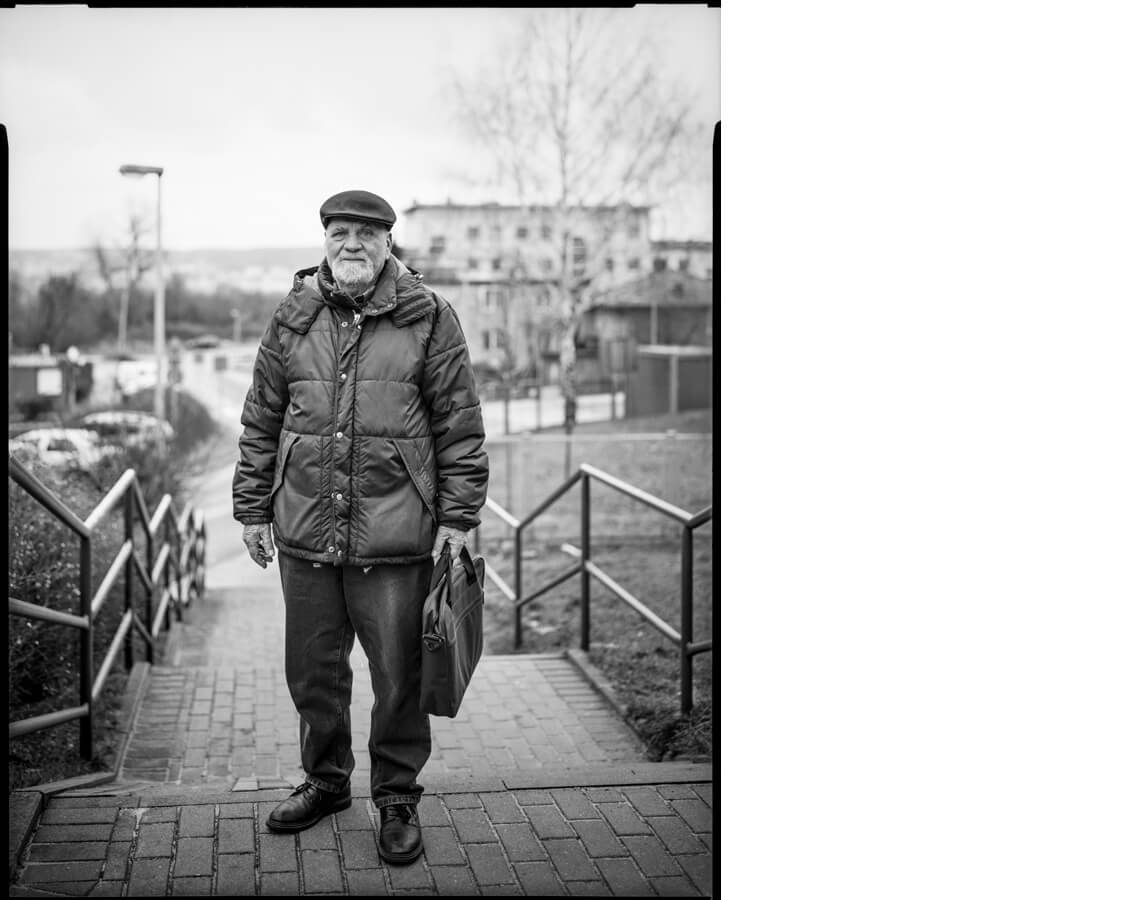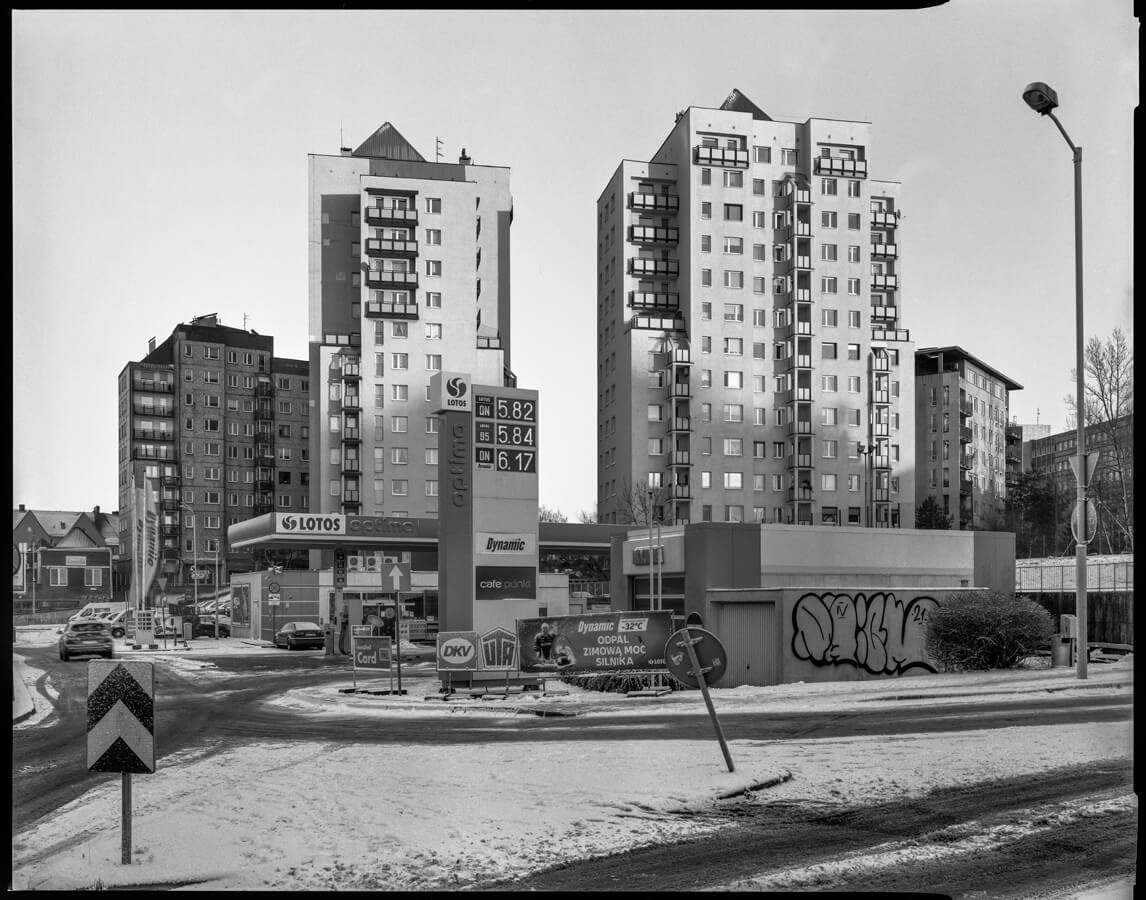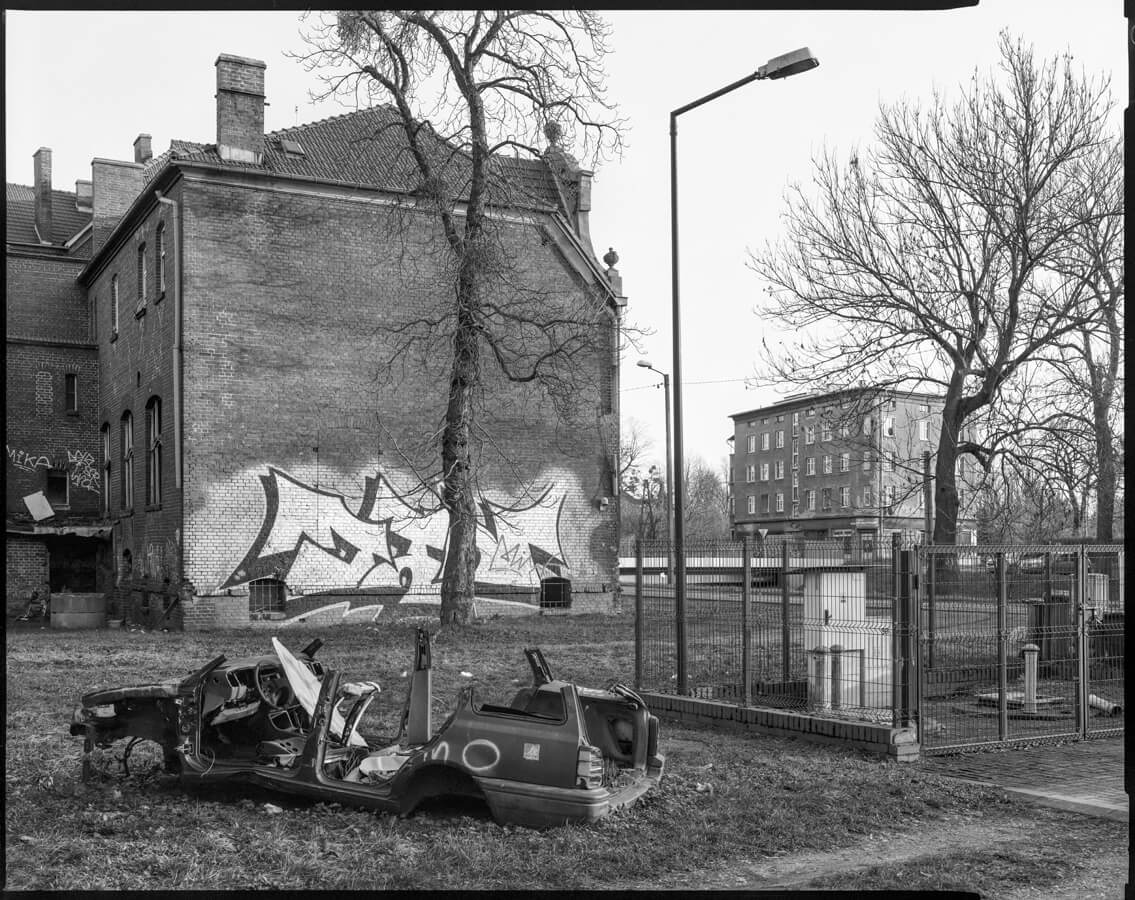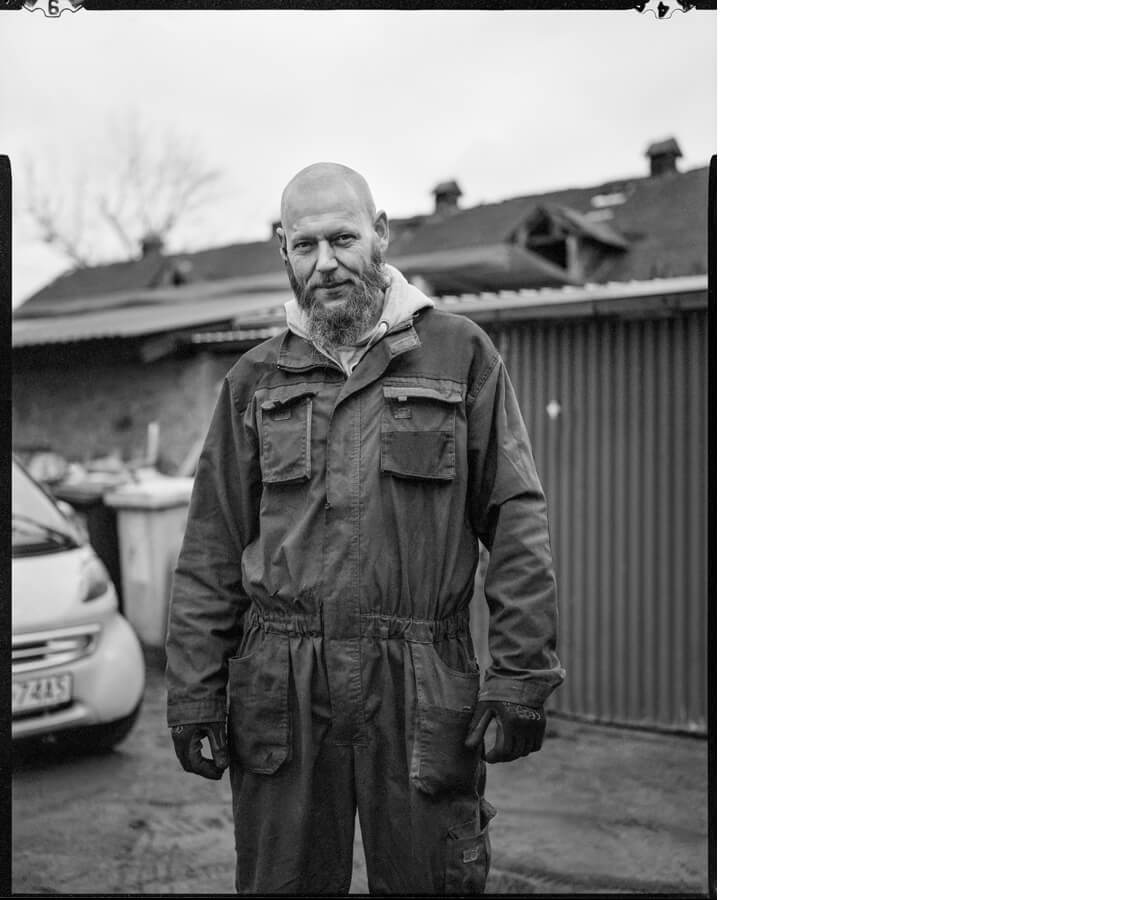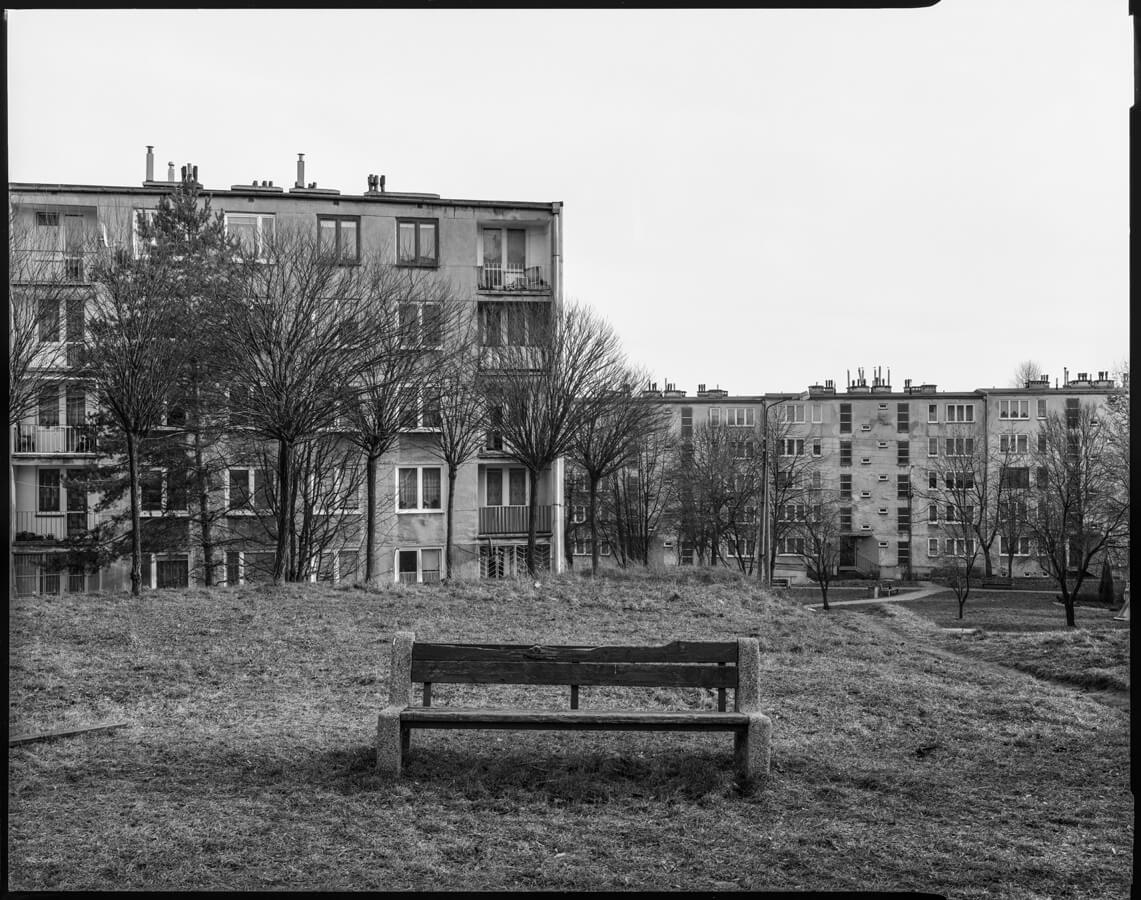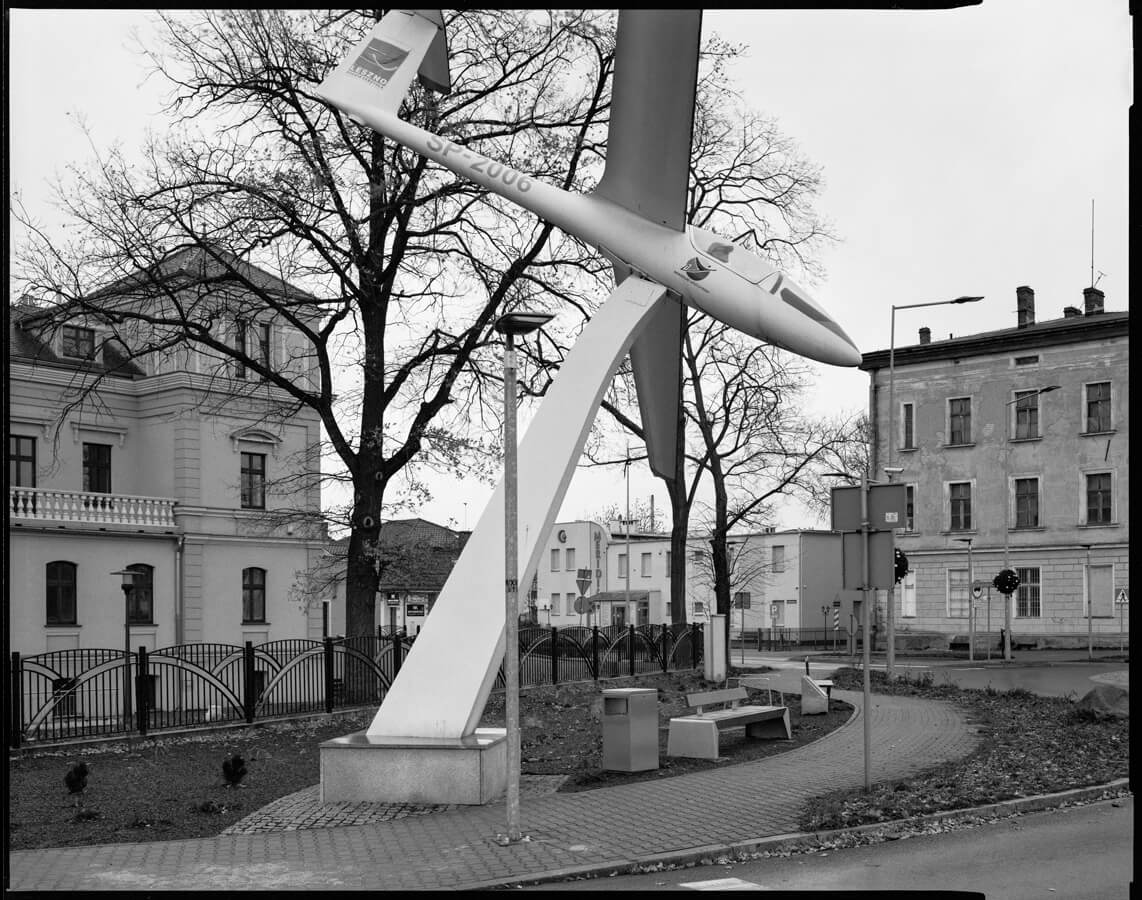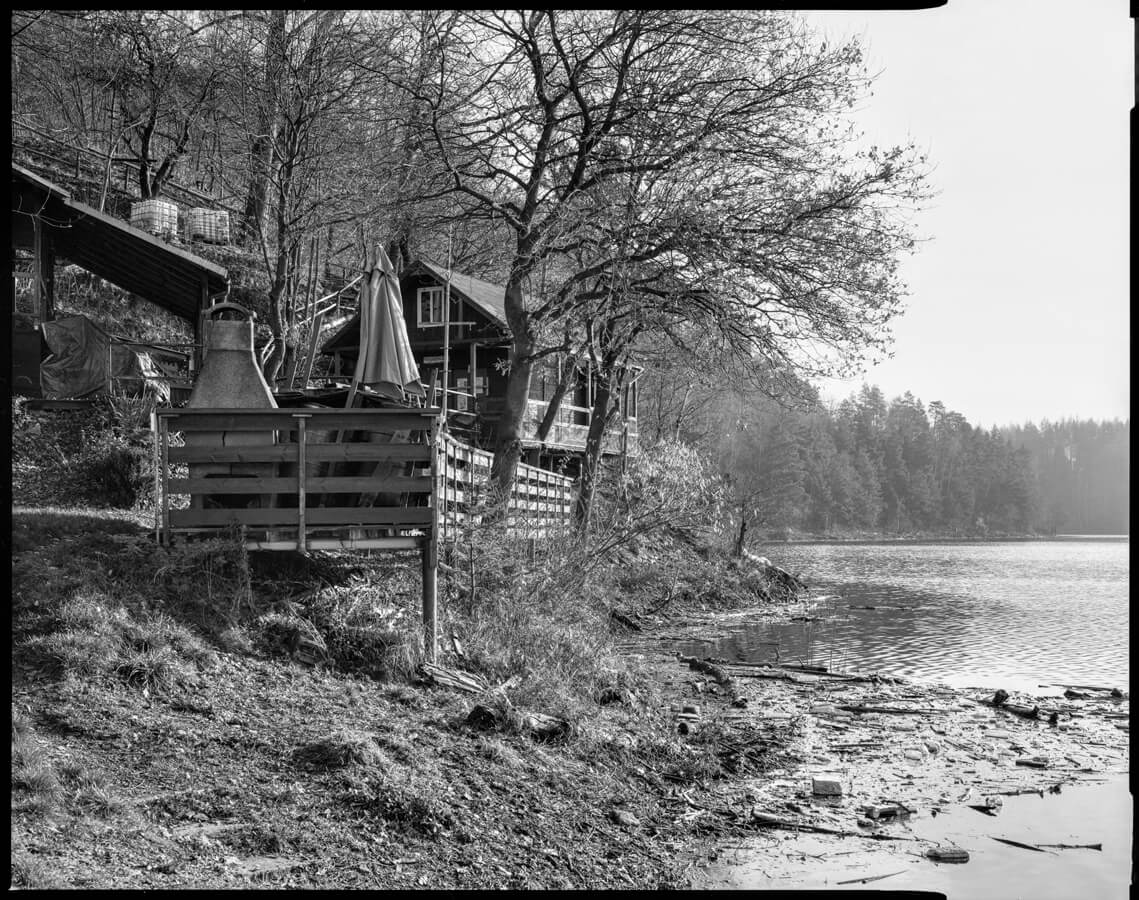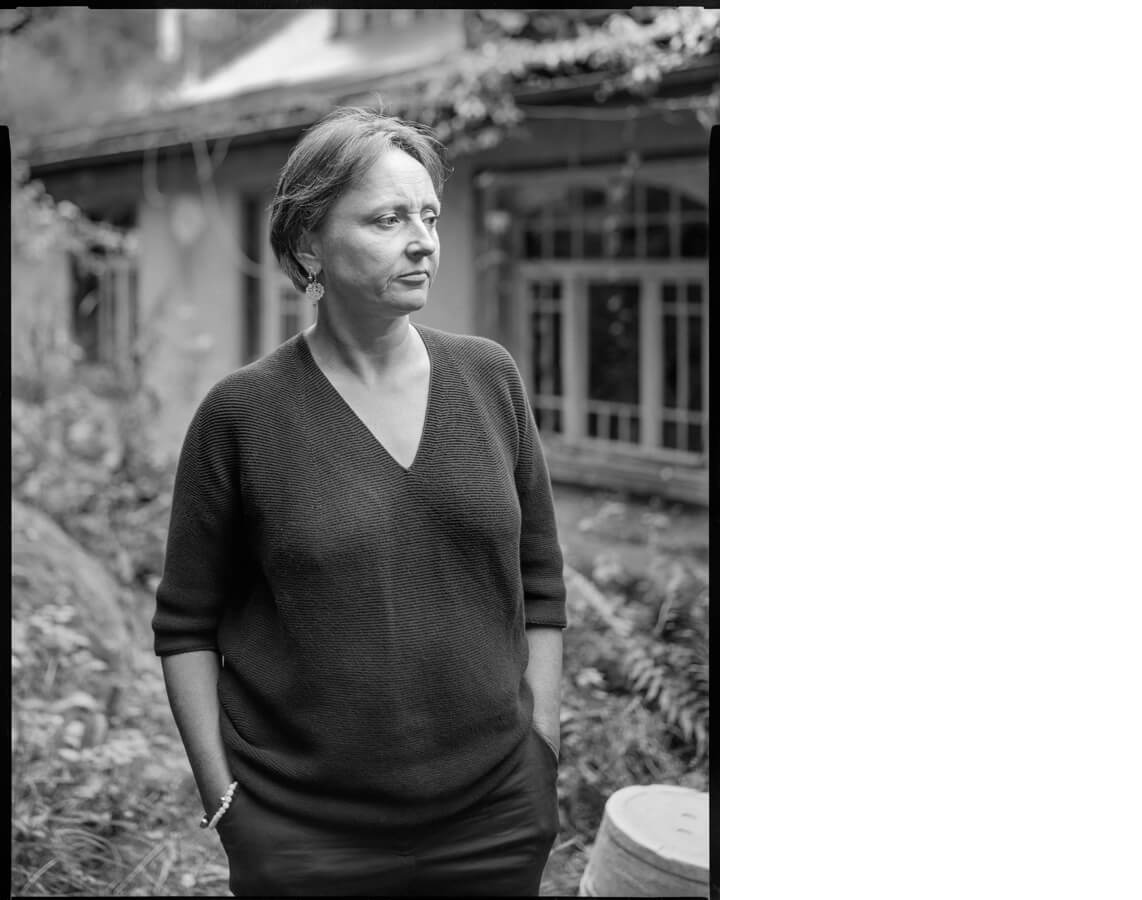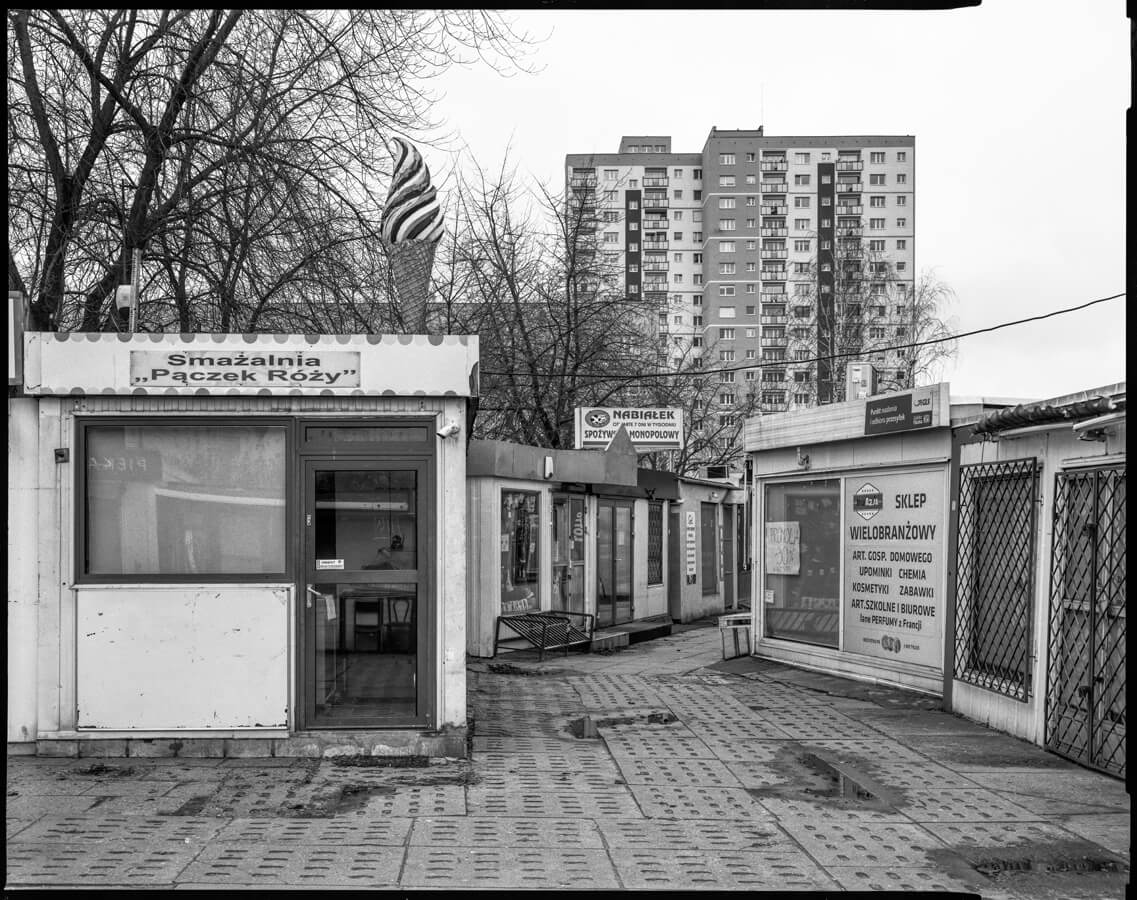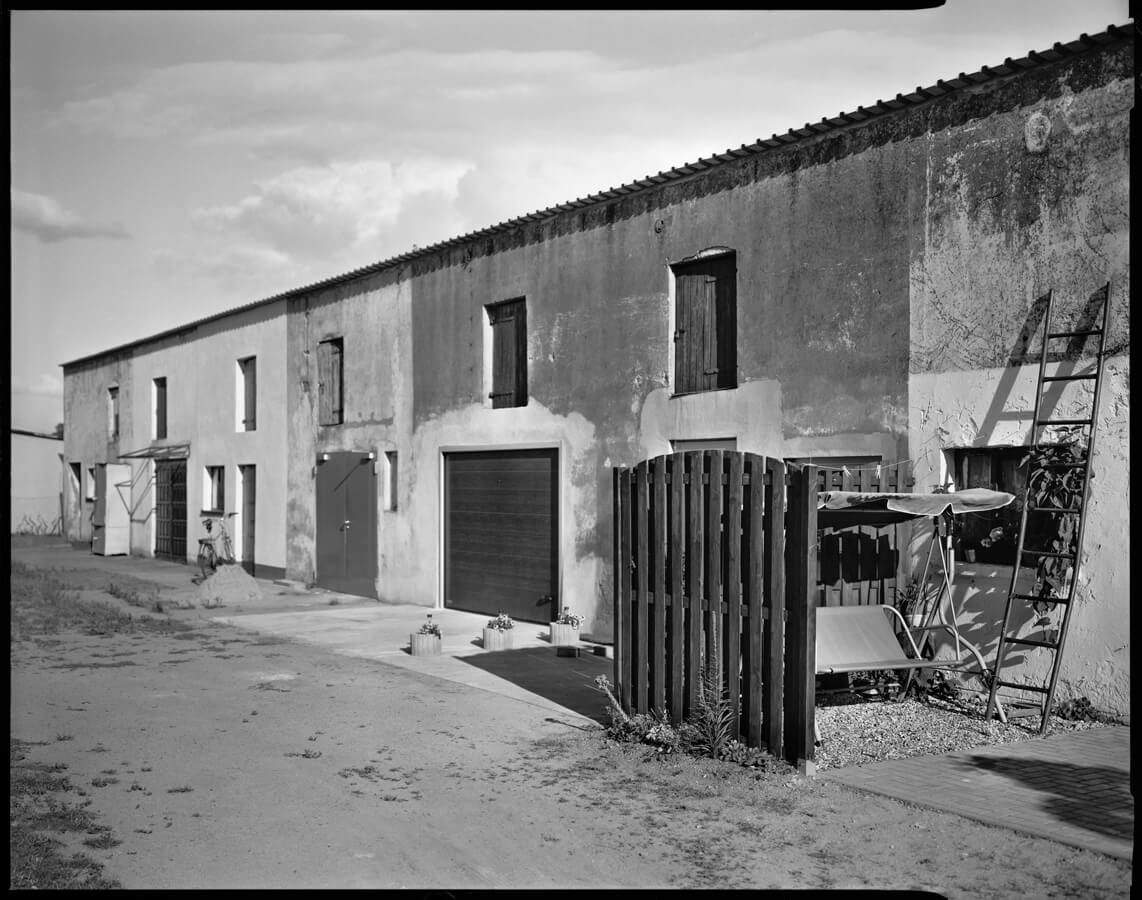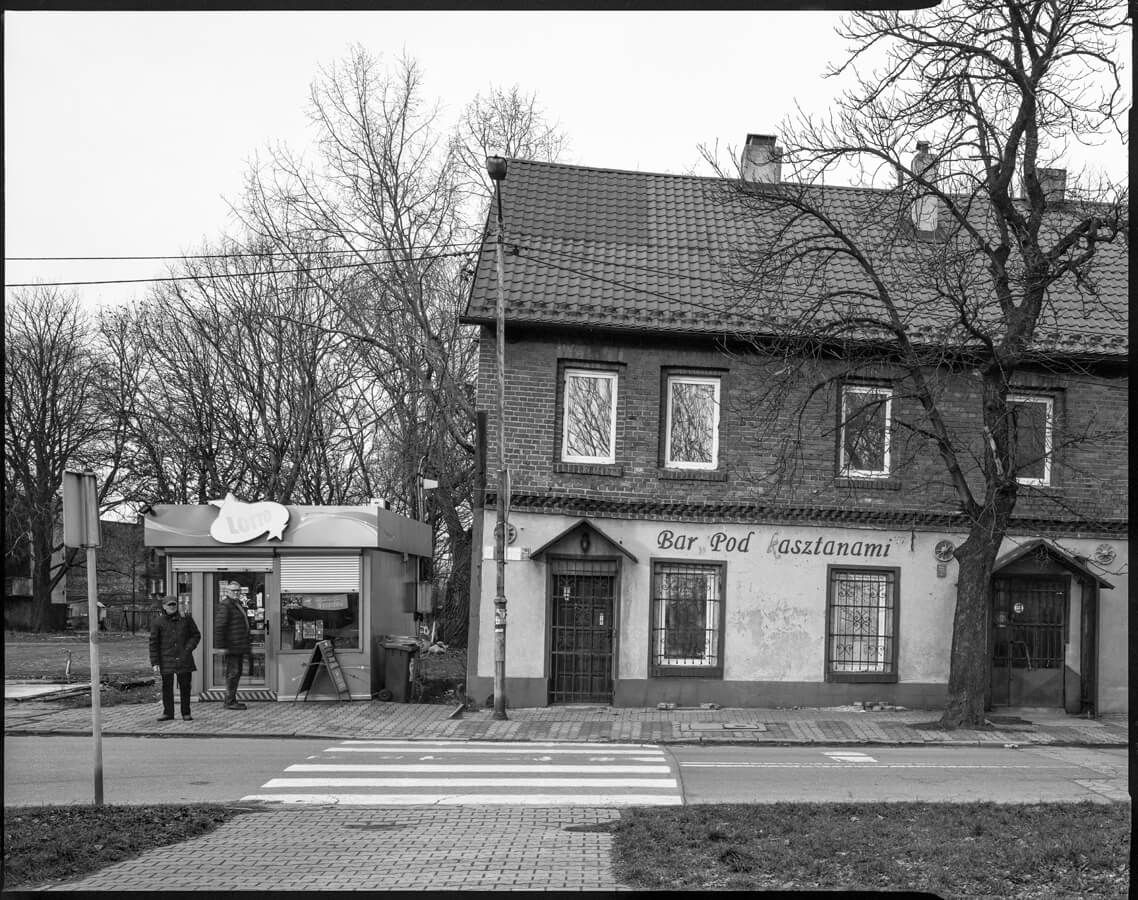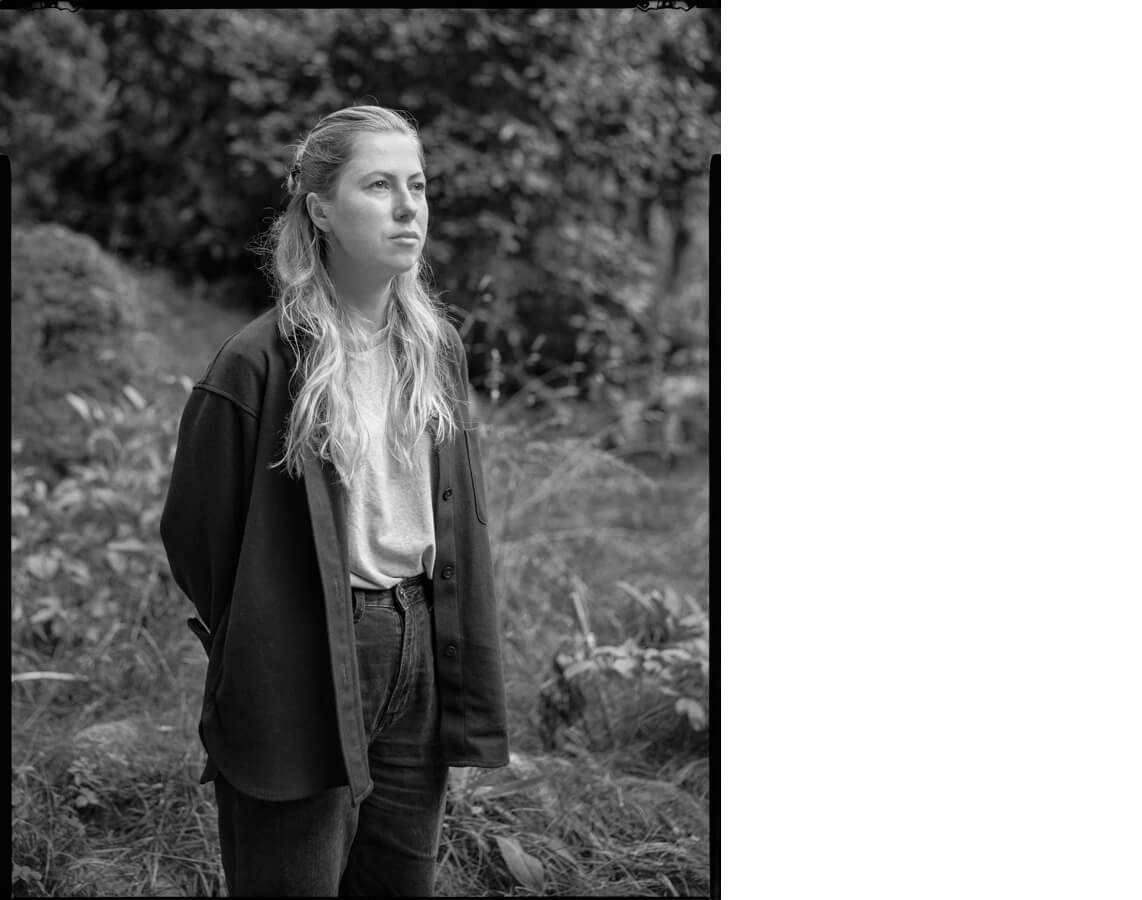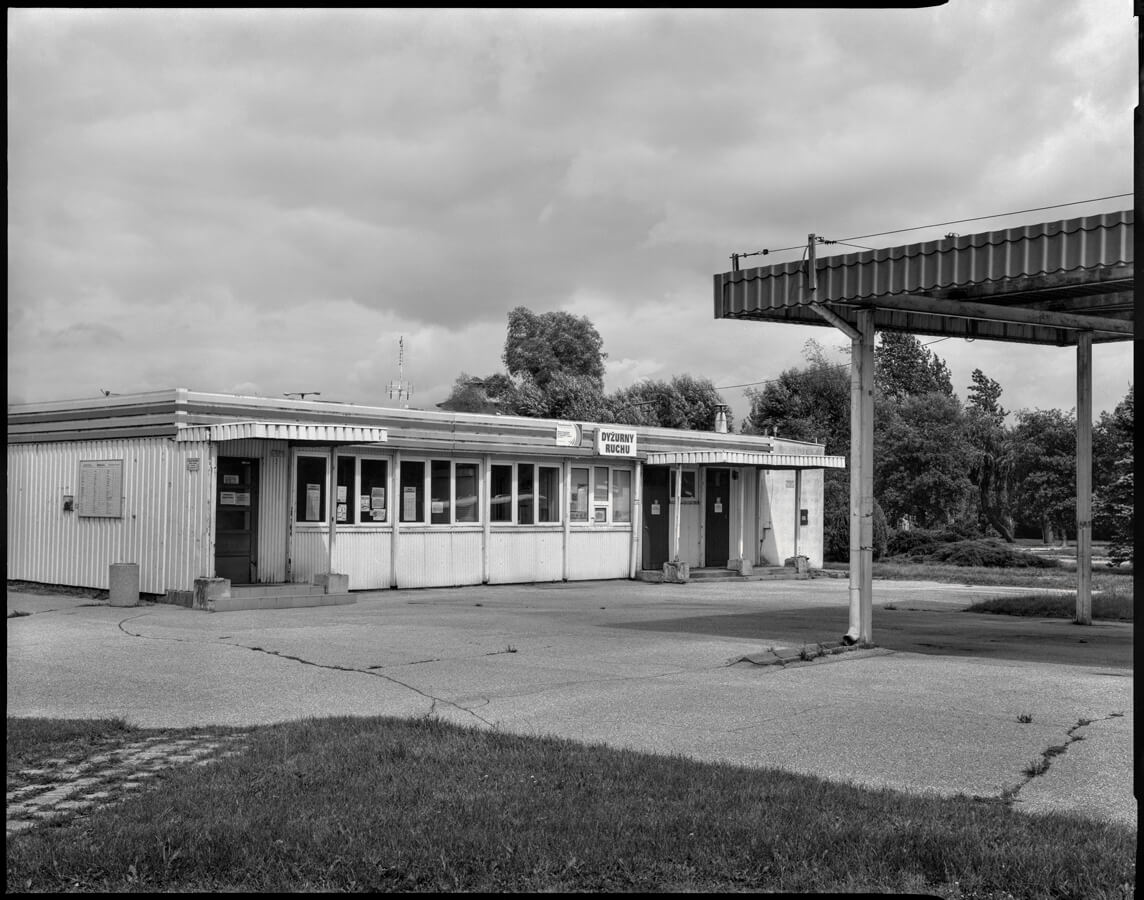pe—el
anthropocene landscapes of everyday
2019 — ongoing
Since several years I have been documenting the impact of the Anthropocene era in connection with the landscape of Poland’s everyday spaces. These places are located outside the restored centers of large cities and often remain unnoticed. Their anonymity is due to the fact that they are the natural habitat for millions of people. Although they do not constitute the generally approved character of cities and regions, they are the main background not only for everyday life but also for the social and political processes that are taking place. Therefore, these places tell us in an authentic way more about the mental constitution of the society which inhabits them. This is because everyday spaces are directly (co-)organized by their residents, often unconsciously and in disregard of general development plans. Forming the environment on the basis of bottom-up, individual initiatives results in its fragmentation, which in a way reminds us of the original nature of human habitats from the beginning of civilization.
At work on this documentation, I combine images of landscape motifs with portraits of often randomly meeting people. In this way, the spaces shown in the photographs become personified in the eyes of the viewer and are no longer anonymous backstages. Furthermore, the portraits emphasize the role of the Anthropocene in our perception of the viewed piece of reality which is photography.
The documentation is made using a hybrid photographic process. The motifs are photographed with a plate camera on large-format black-and-white negatives, which are then scanned and digitalized.
Since several years I have been documenting the impact of the Anthropocene era in connection with the landscape of Poland’s everyday spaces. These places are located outside the restored centers of large cities and often remain unnoticed. Their anonymity is due to the fact that they are the natural habitat for millions of people. Although they do not constitute the generally approved character of cities and regions, they are the main background not only for everyday life but also for the social and political processes that are taking place. Therefore, these places tell us in an authentic way more about the mental constitution of the society which inhabits them. This is because everyday spaces are directly (co-)organized by their residents, often unconsciously and in disregard of general development plans. Forming the environment on the basis of bottom-up, individual initiatives results in its fragmentation, which in a way reminds us of the original nature of human habitats from the beginning of civilization.
At work on this documentation, I combine images of landscape motifs with portraits of often randomly meeting people. In this way, the spaces shown in the photographs become personified in the eyes of the viewer and are no longer anonymous backstages. Furthermore, the portraits emphasize the role of the Anthropocene in our perception of the viewed piece of reality which is photography.
The documentation is made using a hybrid photographic process. The motifs are photographed with a plate camera on large-format black-and-white negatives, which are then scanned and digitalized.



